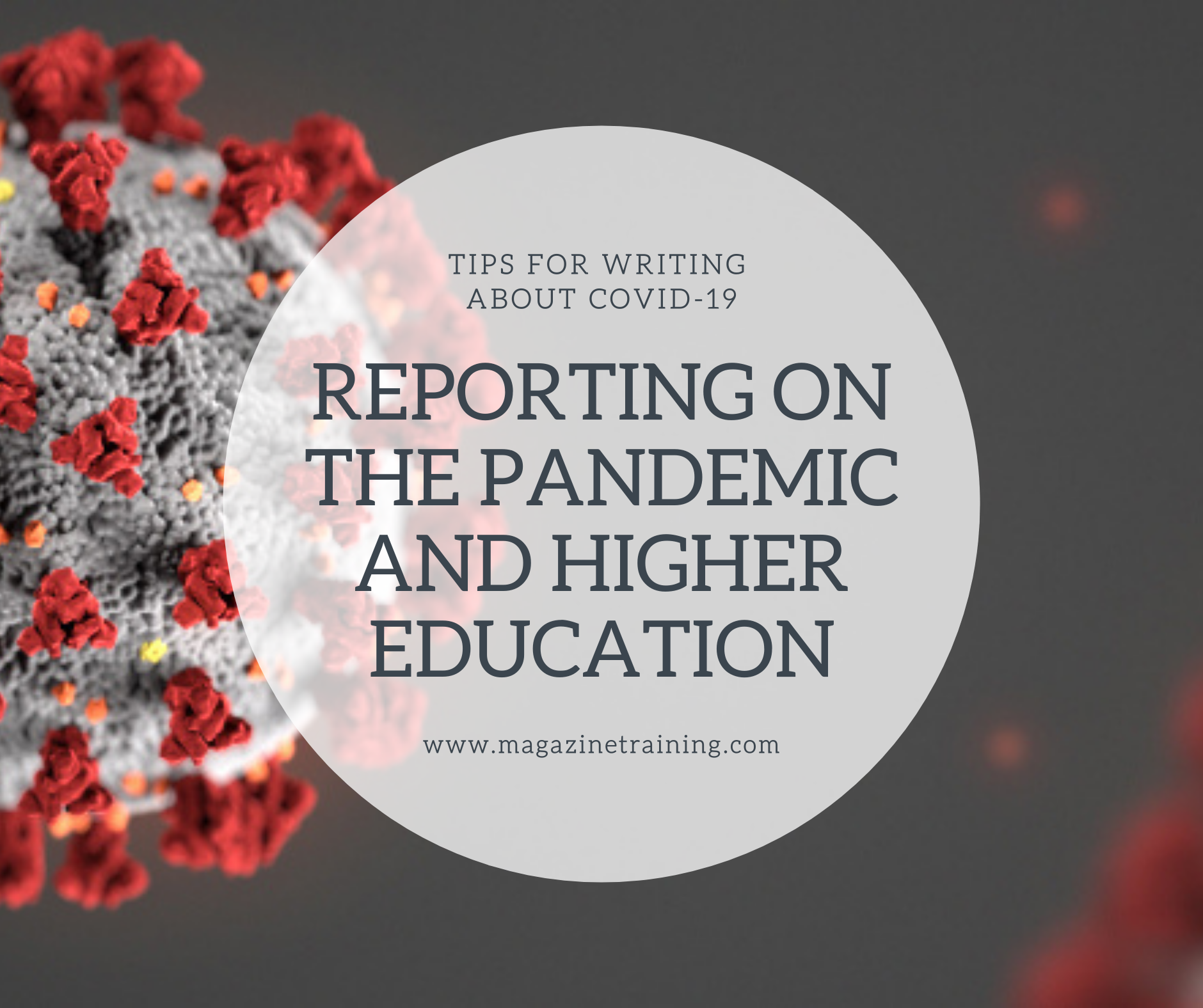
The death of a student last fall at Appalachian State University brought a global pandemic suddenly close to home for a small college town in rural North Carolina. Since universities began to reopen their doors in September, a similar story has played out across the U.S. as college campuses have become major hotspots for the virus.
As the pandemic rages on, reporters continue to cover its impact on higher education. I spoke with three journalists who are reporting this beat in distinct ways, from local on-the-ground reporting, to newsletters and data-driven journalism.
Bringing a local story national
Two days after their initial reporting on the Appalachian State University student’s death, the New York Times reached out to Cristina Bolling, managing editor at the Charlotte Ledger, to follow up on the story.
Many colleges at the time, including Appalachian State University, had reopened their campuses despite an ongoing spike in COVID-19, which in many states exceeded the virus’ spread when campuses first shut down last spring. Bolling’s article for the New York Times highlighted issues such as student social gatherings, a lack of widespread mandatory testing, and the decision to open the campus against the concerns of many staff and faculty. “My goal was to see the student experience: what people are saying about the virus, and how the death of an [Appalachian] State student had impacted campus,” said Bolling.
When the local reporting became a national story it threw the mid-sized public school into the spotlight, and drew renewed attention to ongoing health and safety concerns that some faculty, staff and students felt the university administration was failing to uphold.
This was, in many ways, the point of the article, explained Bolling. “Part of the story was to use Appalachian State as an example of the virus as it was happening across college campuses nationally,” she said. “I think it can reveal larger patterns at play as to the extent of the virus in other college towns across the country, and help other colleges that are going through the same thing learn from Appalachian State’s mistakes.”
The newsletter angle
Last summer, Amelia Nierenberg helped launch the New York Times’ Coronavirus Schools Briefing newsletter, which covers the pandemic’s impact on education. “The experience was like starting a new desk for an immediate new need,” recalled Nierenberg. “Our first question was whether there would even be enough needs to warrant a newsletter.”
This worry was put to rest as the year went on. The team running the newsletter began to receive an influx of leads, specifically regarding failures in the public school and university systems.
Through her work on the newsletter, Nierenberg gained unique insight into the underlying dynamics affecting universities nationwide during the pandemic. She identified two overarching themes: the efficiency of health and safety measures on campus, and the heightened impact on those most affected by the virus. This included immigrants, students of color, first generation college students and community college students — “those who would benefit from a college education the most,” she said.
A drop in enrollment in community colleges, for example, might have long-lasting repercussions on the ability for many students to later enroll in a four-year program. “If the entry point to college isn’t accessible, further degrees are going to be so much harder.” said Nierenberg. “The pandemic really made the ‘American Dream’ harder for people.”
by Devin Windelspecht, International Journalists’ Network
Related posts
Category: Uncategorized
Malnutrition is a health crisis affecting millions around the world — and one becoming more urgent as the pandemic continues. Its impact is not just represented in […]
Magazine Training International’s mission is to encourage, strengthen, and provide training and resources to Christian magazine publishers as they seek to build the church and reach their societies for Christ.

